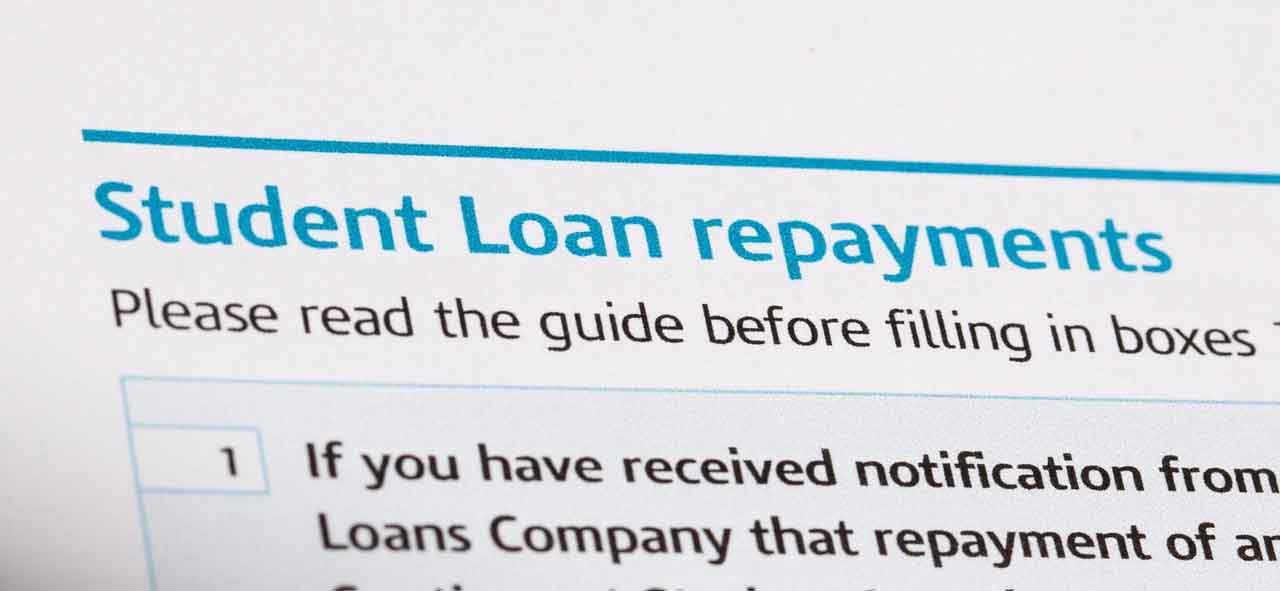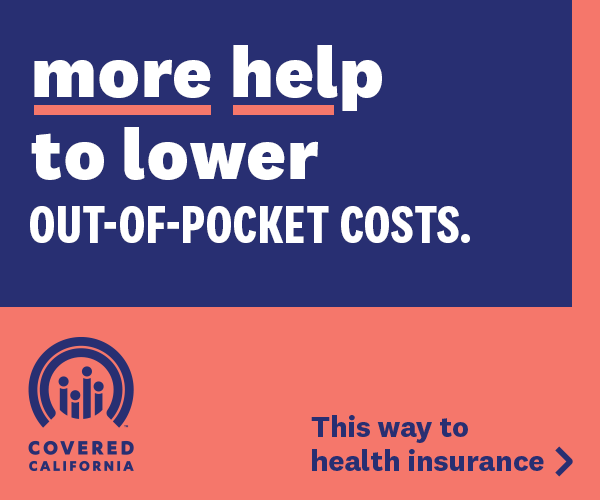Student Loan Collections Have Resumed: Here’s What You Need to Know
The U.S. Department of Education (DOE) announced that its Office of Federal Student Aid (FSA) resumed collection of its defaulted federal student loan portfolio on May 5.

By Edward Henderson | California Black Media
The U.S. Department of Education (DOE) announced that its Office of Federal Student Aid (FSA) resumed collection of its defaulted federal student loan portfolio on May 5.
The department has not collected on defaulted loans since March 2020.
‘Collections on defaulted federal student loans are resuming. This means that your tax refund or other federal benefits may be withheld,” reads an email affected borrowers in California and around the country received from the DOE last week.
“Later this summer, your employer may also be required to withhold a portion of your pay until you begin to repay your defaulted federal student loan,” the email continues.
According to the DOE, 42.7 million borrowers owe more than $1.6 trillion in student debt. More than 5 million borrowers have not made a monthly payment in over 360 days and their loans have been declared “in default.” Another 4 million borrowers are in late-stage delinquency (91-180 days). As a result, there could be almost 10 million borrowers in default in a few months. If this happens, almost 25% of the federal student loan portfolio will be in default.
“American taxpayers will no longer be forced to serve as collateral for irresponsible student loan policies,” said U.S. Secretary of Education Linda McMahon in a release. “The
Biden Administration misled borrowers: the executive branch does not have the constitutional authority to wipe debt away, nor do the loan balances simply disappear. Hundreds of billions have already been transferred to taxpayers. Going forward, the Department of Education, in conjunction with the Department of Treasury, will shepherd the student loan program responsibly and according to the law, which means helping borrowers return to repayment — both for the sake of their own financial health and our nation’s economic outlook.”
The DOE is urging borrowers in default to contact the Default Resolution Group to make a monthly payment, enroll in an income-driven repayment plan, or sign up for loan rehabilitation. Later this summer, FSA will send required notices to begin administrative wage garnishment.
Student loan debt statistics among racial and ethnic groups reflect dramatic differences in financial health, habits, and resource availability from one community to the next, according to the Education Data Initiative.
Black and African American college graduates owe an average of $25,000 more in student loan debt than White college graduates (Black and African American bachelor’s degree holders have an average of $52,726 in student loan debt).
Four years after graduation, Black students owe an average of 188% more than White students originally borrowed. Black and African American student borrowers are the most likely to struggle financially due to student loan debt making monthly payments of $258.
“The level of concern here really depends on the reasons a borrower has not paid their federal student loans. If they don’t have the capacity, they may be overstretched,” Michele Raneri, vice president and head of research at TransUnion, said in a statement. “They may not know they have to pay them, may not be able to find the information on how to do so, or may not have a willingness to pay for one reason or another,” she said.
Top tips to manage any pending student loan payments include reviewing your student loan balance on your Dashboard. Choose a repayment plan based on your income and you can also utilize a loan Simulator can help you decide which plan is right for you. Loan servicers can be an important resource, allowing the borrower to pay his or her student loans online through their loan servicer’s website.
Affected borrowers can visit their loan servicer’s website for assistance if needed. Setting up auto pay to ensure on-time payments is recommended. Individuals are also encouraged to review many loan forgiveness options and qualifications.
Most programs have strict eligibility requirements, but student loans can be forgiven under programs such as the following:
· Public Service Loan Forgiveness for people who work for eligible government and nonprofit employers · Teacher Loan Forgiveness for people who work in eligible teaching jobs · Income-driven repayment (IDR) forgiveness for people who repay their loans on an eligible IDR plan · Total and permanent disability discharge for people with a disability that severely limits their ability to work
Learn about other loan forgiveness programs at Studentaid.gov.











